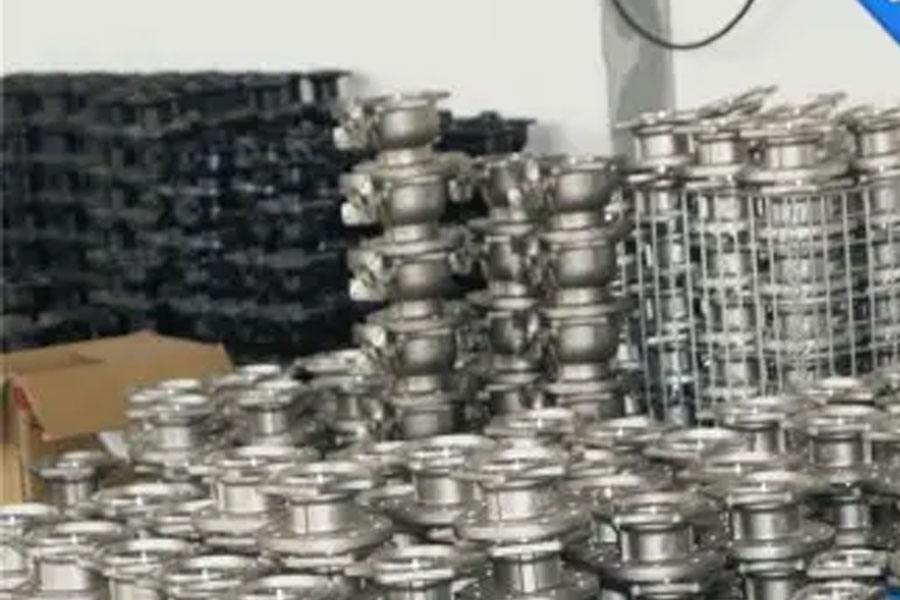We are not unfamiliar with castings , and the application of castings has a long history. In ancient times, people used castings to make coin offerings, weapons, tools and some daily utensils. In modern times, however, castings are mainly used as blanks for machine parts or directly as machine parts. Castings in mechanical products have begun to account for more and more proportions, and the amount is increasing year by year, and the shapes and varieties of castings are also changing. Castings have gradually become an indispensable part of our daily life. The use of castings can be seen in various occasions such as doorknobs, door locks, and small water pipes.
Castings have excellent mechanical and physical properties. They can have various comprehensive properties of strength, hardness and toughness, and can also have one or more special properties, such as wear resistance, high temperature and low temperature resistance, corrosion resistance, etc. .
The weight and size range of castings are very wide. The lightest weight is only a few grams, the heaviest can reach 400 tons, the thinnest wall thickness is only 0.5 mm, the thickest can exceed 1 meter, and the length can be from a few millimeters to more than ten meters. It can meet the use requirements of different industrial sectors.
Compare the difference between castings and stainless steel forgings:
- 1. Castings have good wear resistance and shock absorption. Because graphite in cast iron is conducive to lubrication and oil storage, it has good wear resistance. Similarly, due to the existence of graphite, gray cast iron has better shock absorption than steel.
- 2. The casting has good technological performance. Because the gray cast iron has high carbon content and is close to the eutectic composition, the melting point is relatively low, the fluidity is good, and the shrinkage rate is small, so it is suitable for casting with complex structure or thin-walled castings. In addition, due to the graphite It is easy to form chips during cutting, so the machinability of gray cast iron is better than that of steel.
- 3. Stainless steel can improve its structure and mechanical properties after forging. Due to the deformation and recrystallization of stainless steel, the original coarse dendrites and columnar grains are transformed into equiaxed recrystallized structures with finer grains and uniform size due to the deformation and recrystallization of the stainless steel after the hot working deformation of the forging method. Porosity, pores, slag inclusions, etc. are compacted and welded, and the organization becomes more compact, which improves the plasticity and mechanical properties of the metal.
- 4. The mechanical properties of castings are lower than those of forgings of the same material. However, the forging process can ensure the continuity of the metal fiber structure, so that the fiber structure of the forging is consistent with the shape of the forging, which can ensure that the parts have good mechanical properties and long service life. Precision die forging, cold extrusion, warm extrusion and other processes The forgings produced are unmatched by castings.
Whether it is castings or stainless steel forgings, they are an indispensable part of mechanical production. In mechanical production, according to different product performance, select the corresponding metal castings or forgings. Only by giving full play to the role of castings or forgings can there be perfect mechanical products. .

